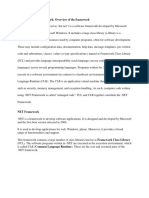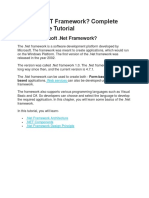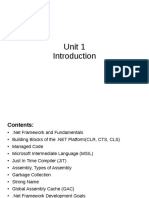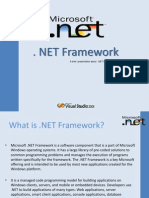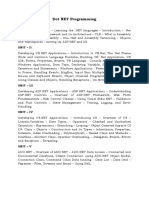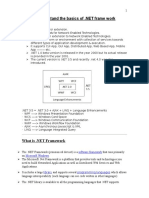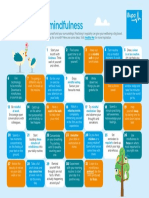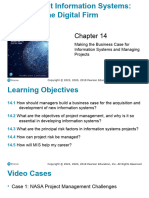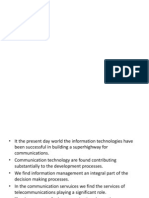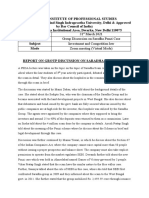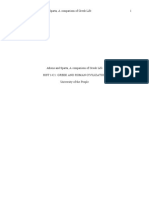0% found this document useful (0 votes)
37 views5 pagesNet Framework
.NET Framework is a software framework developed by Microsoft, first released in 2002, that supports multiple programming languages and is used for developing various types of applications. It consists of key components such as the Common Language Runtime (CLR) and the Framework Class Library (FCL), which provide essential functionalities like memory management and security. The framework also includes technologies like ASP.NET for web applications, ADO.NET for data access, and WPF for user interface design.
Uploaded by
karanranvir061Copyright
© © All Rights Reserved
We take content rights seriously. If you suspect this is your content, claim it here.
Available Formats
Download as DOCX, PDF, TXT or read online on Scribd
0% found this document useful (0 votes)
37 views5 pagesNet Framework
.NET Framework is a software framework developed by Microsoft, first released in 2002, that supports multiple programming languages and is used for developing various types of applications. It consists of key components such as the Common Language Runtime (CLR) and the Framework Class Library (FCL), which provide essential functionalities like memory management and security. The framework also includes technologies like ASP.NET for web applications, ADO.NET for data access, and WPF for user interface design.
Uploaded by
karanranvir061Copyright
© © All Rights Reserved
We take content rights seriously. If you suspect this is your content, claim it here.
Available Formats
Download as DOCX, PDF, TXT or read online on Scribd
/ 5

